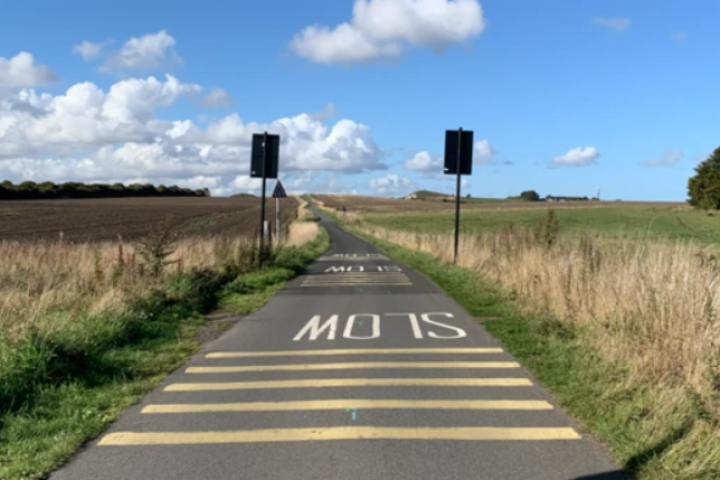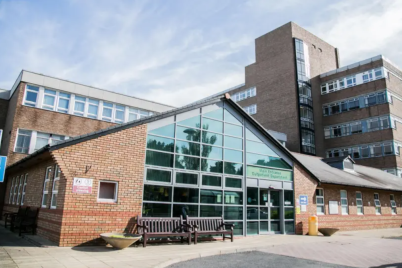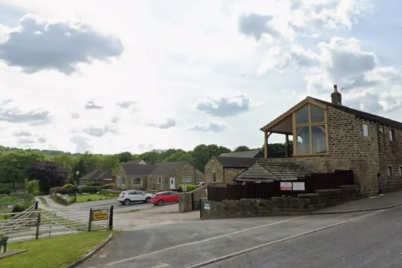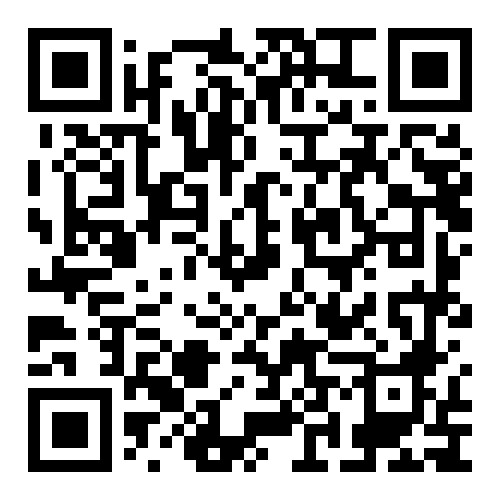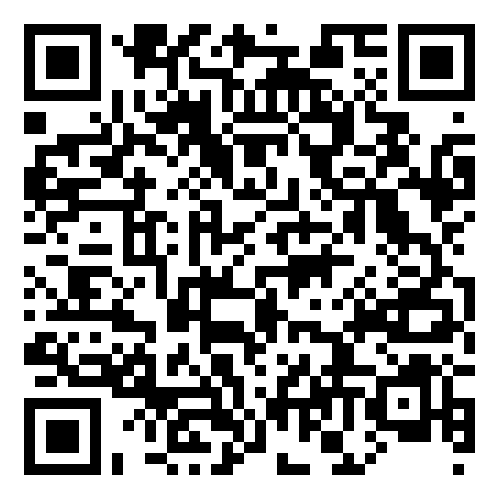A Sunderland councillor has urged for additional safety measures on Foxcover Road, describing the rural route as facing “a perfect storm” of hazards. Conservative councillor Dominic McDonough said the road, which runs near the A19 outside Herrington, has increasingly been used as a shortcut and has experienced several accidents, including cars crashing into a resident’s garden about three times.
He warned: “As far as I’m concerned, it’s only a matter of time until we do see a fatality unfortunately.” McDonough suggested that further safety interventions, such as speed bumps or a reduced speed limit, should be introduced to prevent a serious incident.
Labour-run Sunderland City Council said additional warning signs and road markings were implemented last year and no accidents have been recorded since. Cabinet Member for the Environment, Transport and Net Zero Lindsey Leonard confirmed that two accidents occurred on the road in 2023, the only ones over a five-year period. She added that after the extra signage and markings were added in 2024, there have been no further accidents, though the road will continue to be monitored alongside all of the city’s roads.
McDonough expressed ongoing concern, citing the risk posed by flytipping and off-road bikes travelling at high speeds. “It would save lives and hopefully some of my residents would not wake up with cars in their garden,” he said.
Traffic signs play a vital role in informing, directing, and controlling road user behaviour, making knowledge of signs essential for all road users, not just new drivers. Across the UK, the responsibility for traffic signs is divided between national administrations for strategic roads and local or regional highway authorities for other public roads. Signs must conform to the designs prescribed in the Traffic Signs Regulations and General Directions 2016, although some may be specially authorised.
The history of traffic signs in Britain dates back to Roman times, with early markers called milliaries indicating distances. Over centuries, road signage evolved from private inscriptions to public guideposts, fingerposts, and eventually regulatory and warning signs as motor vehicles became more common. By the 1920s and 1930s, white lines were introduced to indicate road lanes and boundaries, and reflective studs were added in 1934. Committees in the 1950s and 1960s, such as the Anderson and Worboys Committees, modernised British traffic signage, introducing larger signs with European-style symbols still in use today.
Recent developments in road signage include yellow box markings, pedestrian crossing indicators, mini-roundabouts, and bus lane signage. Technology is increasingly used to communicate hazards, delays, diversions, and traffic control. As traffic patterns continue to evolve, further innovations in traffic signing are expected to enhance road safety.
Councillor McDonough’s concerns highlight the ongoing need for vigilance and improvement on rural roads like Foxcover Road, where a combination of shortcuts, speeding, and environmental hazards pose a continuing risk to residents and road users alike.

